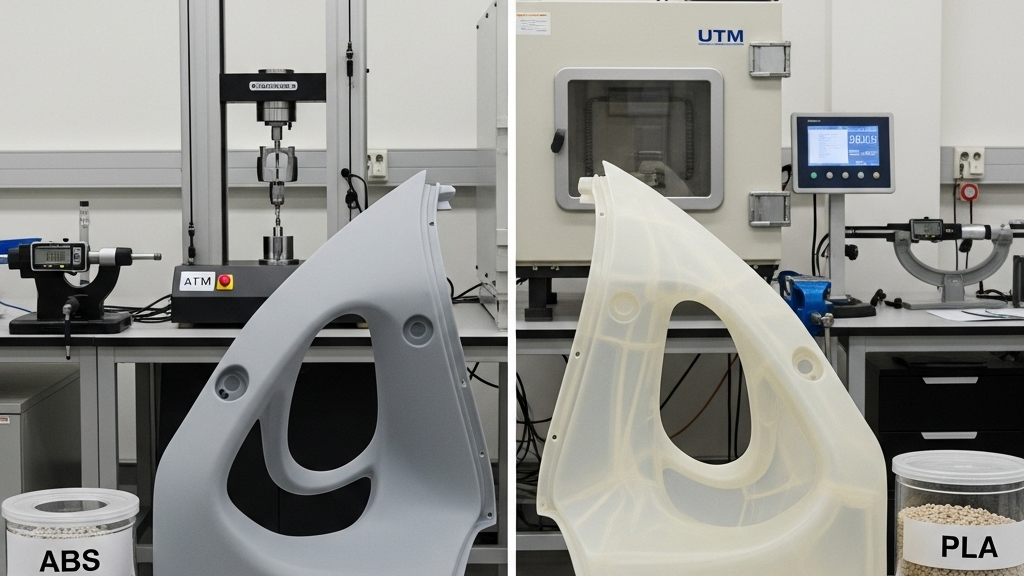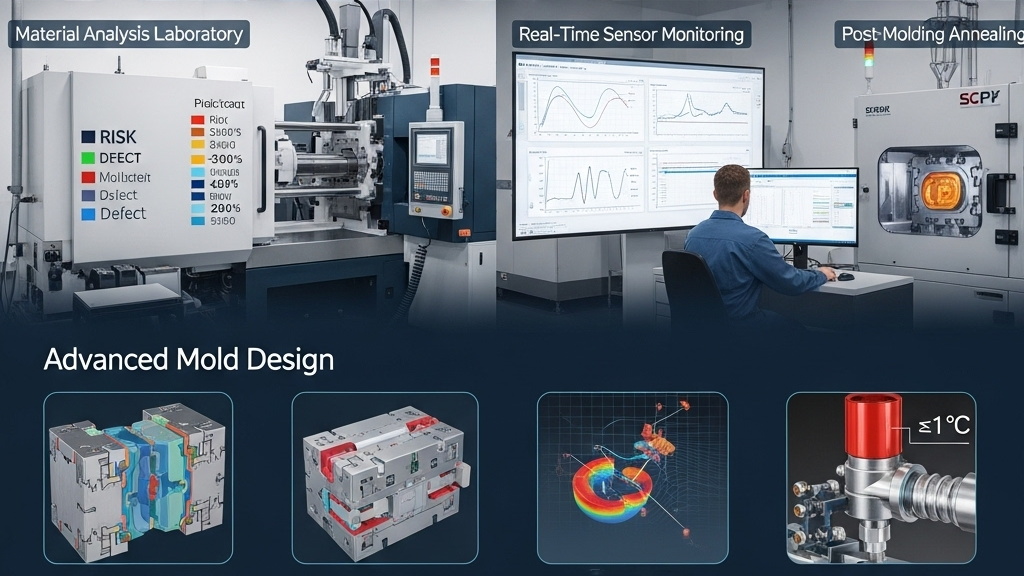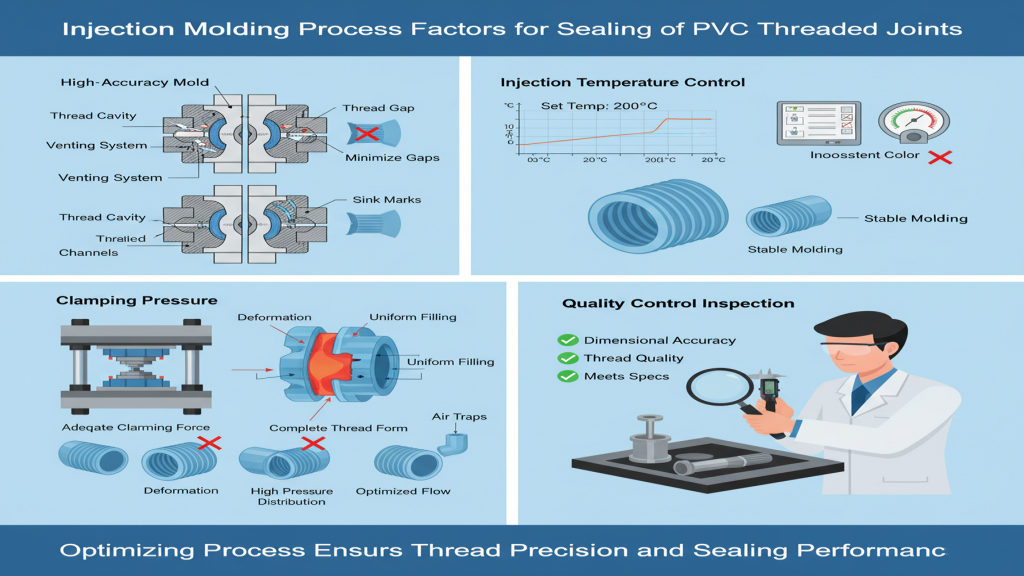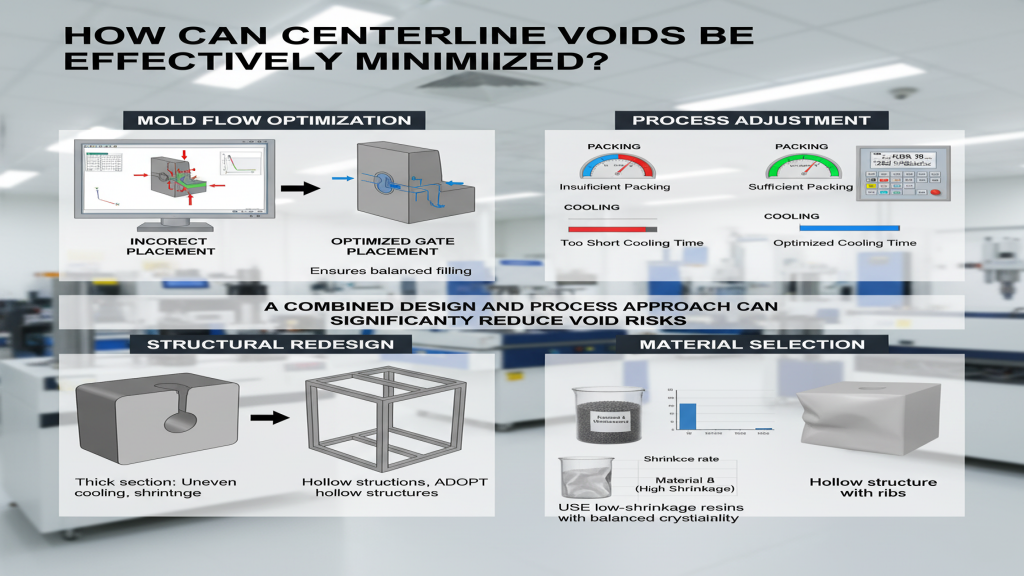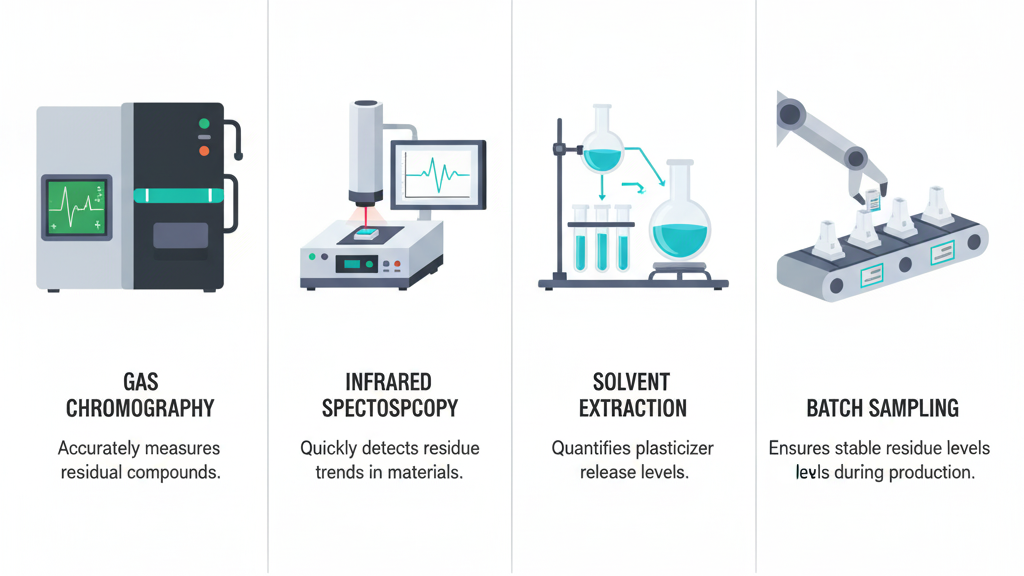
In high-wear environments, the reliability of engineering materials is paramount. Polyoxymethylene (POM), represented by Delrin, stands out as a strong candidate for addressing such challenges due to its unique molecular structure and exceptional physical and chemical properties.
This section explores the potential of Delrin as a high-performance engineering plastic in high-wear applications. To gain a deeper understanding of its performance, we will subsequently analyze the wear mechanism of Delrin specifically, and investigate the influence of actual operating conditions, such as load and speed, on its wear behavior.
How Do Delrin's Properties Contribute to Wear Resistance?

Delrin, also known as Polyoxymethylene (POM), is a widely used engineering plastic, and its excellent performance in high-wear environments is not accidental. A deeper exploration of its unique molecular structure and inherent physical and chemical properties is key to understanding its wear resistance.
- Low Coefficient of Friction: Delrin's low friction characteristics reduce frictional resistance and lower wear.
- High Strength and Rigidity: Excellent mechanical properties ensure resistance to deformation under high loads, maintaining contact surface stability.
- Excellent Wear Resistance: Delrin itself possesses good wear resistance, which is further enhanced through modification.
- Good Dimensional Stability: Minimal dimensional changes ensure component fitting accuracy and reduce additional wear.
How Does Delrin's Wear Performance Vary?

Delrin's wear resistance is not constant. In practical applications, various factors such as load magnitude, sliding speed, and ambient temperature significantly influence its wear behavior. Understanding these variations is crucial for the proper selection and application of Delrin.
- Load Effects: Excessive load can significantly increase the wear rate of Delrin.
- Sliding Speed Effects: Excessively high sliding speeds can accelerate Delrin's wear due to heat generation.
- Temperature Effects: High temperatures reduce the strength and hardness of Delrin, making it more susceptible to wear.
- Lubrication Condition Effects: Lubrication can significantly reduce the wear of Delrin, while dry friction exacerbates wear.
What are the wear-resistant advantages of Delrin?

Delrin (Polyoxymethylene), as a high-performance engineering plastic, is often used as a substitute for metals to address wear problems. However, compared to other common engineering materials (such as Nylon, Polycarbonate, etc.) and metals, Delrin has both unique advantages and certain limitations in terms of wear resistance, which need to be weighed and considered in specific applications.
- Self-Lubrication vs. Metals: Delrin's self-lubricating properties may make it superior to metals that require lubrication in unlubricated or low-lubrication applications.
- Dimensional Stability vs. Nylon: Delrin has low moisture absorption and good dimensional stability, allowing it to maintain wear resistance in humid environments.
- Hardness and Friction vs. Polycarbonate: Delrin is harder and has a lower coefficient of friction, giving it an advantage in sliding friction.
- Modification Potential: Through modification, Delrin's self-lubrication and wear resistance can be significantly improved, comparable to many materials.
Comparison of wear resistance between Delrin and other materials
| Material | Friction Coefficient (Relative) | Wear Resistance (Relative) | Dimensional Stability (Relative) | Suitable Wear Conditions | Notes |
|---|---|---|---|---|---|
| Delrin (POM) | Low | Good | Good | Low to Medium Load, Medium Speed, Self-lubricating or Dimensionally Stable Needs | Good self-lubricating properties, good fatigue resistance |
| Nylon (PA) | Medium | Good | Medium | Medium to High Load, Low Speed, High Impact Resistance Required | Higher moisture absorption, dimensional stability not as good as Delrin |
| Polycarbonate (PC) | Medium to High | Medium | Good | Medium Load, Medium Speed, Transparency or High Impact Strength Required | Lower scratch resistance than Delrin |
| Steel | Medium to High | Excellent | Excellent | High Load, Various Speeds, High Strength Required | Requires lubrication, susceptible to corrosion |
Performance Optimization in High-Wear Environments
By modifying Delrin materials, or combining them with reasonable lubrication strategies and optimized structural designs, its performance in high-wear applications can be significantly improved, extending service life and increasing the reliability of equipment.
1.Adding Modifiers: Significantly enhance the wear resistance and self-lubrication of Delrin by adding fillers or reinforcing agents.
2.Surface Treatment Technologies: Modify the surface of Delrin to improve its surface wear resistance and scratch resistance.
3.Lubrication Strategy Optimization: Rationally select lubricants and lubrication methods to effectively reduce friction and wear.
4.Structure and Design Optimization: Optimize the geometry and fit design of components to fundamentally improve durability.
Conclusion
In conclusion, Delrin performs well in high-wear environments due to its low friction, high strength, and dimensional stability. However, wear performance is affected by various factors, and it has its own advantages and disadvantages compared to other materials. To improve Delrin's performance in harsh environments, modification, surface treatment, optimized lubrication, and structural design are key strategies.
For expert assistance in implementing for your production needs, visit our resource center or contact us. Let’s help you scale up your manufacturing with precision and efficiency!

